In the world of manufacturing, there are numerous methods for producing metal parts. Zinc die casting (Zamak die casting) is one of these methods. It is a process in which molten zinc is injected into a mold under high pressure. The mold is then cooled to solidify the zinc, producing a metal part with high accuracy and excellent surface finish. In this article, we will take a closer look at zinc die casting and discuss its advantages, applications, and limitations.
Table of Contents
- Introduction
- How Zinc Die Casting Works
- Advantages of Zinc Die Casting
- Applications of Zinc Die Casting
- Limitations of Zinc Die Casting
- Comparison with Other Casting Methods
- Choosing the Right Zinc Die Casting Partner
- Quality Control in Zinc Die Casting
- Environmental Considerations
- Conclusion
- FAQs
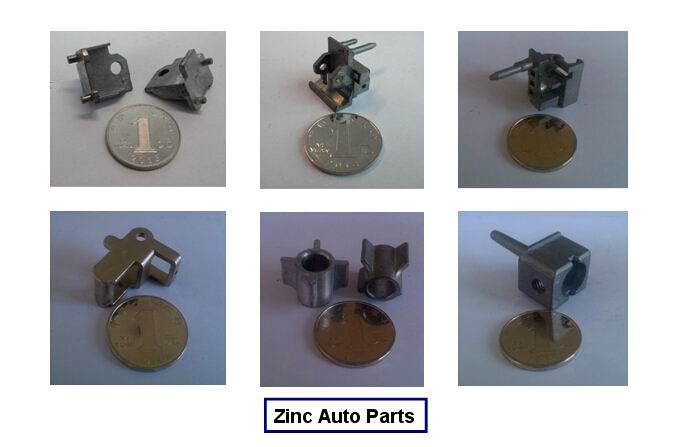
1. Introduction
Zinc die casting is a metal casting process that is used to produce high-quality metal parts. It is a popular method for manufacturing small to medium-sized metal parts with complex shapes and tight tolerances. Zinc die casting is widely used in various industries such as automotive, electronics, appliances, and hardware.
2. How Zinc Die Casting Works
Zinc die casting is a process that involves four main steps:
- Preparation of the mold: The mold is made of two halves, the cavity, and the core. The cavity is the shape of the final part, and the core is used to create internal features of the part.
- Injection: Molten zinc is injected into the mold at high pressure, typically between 1000 and 4500 psi.
- Cooling: The mold is cooled to solidify the zinc.
- Ejection: The part is ejected from the mold, and the cycle starts over.
Normally, we use die-casting machines to produce the zamak/zinc metal products.
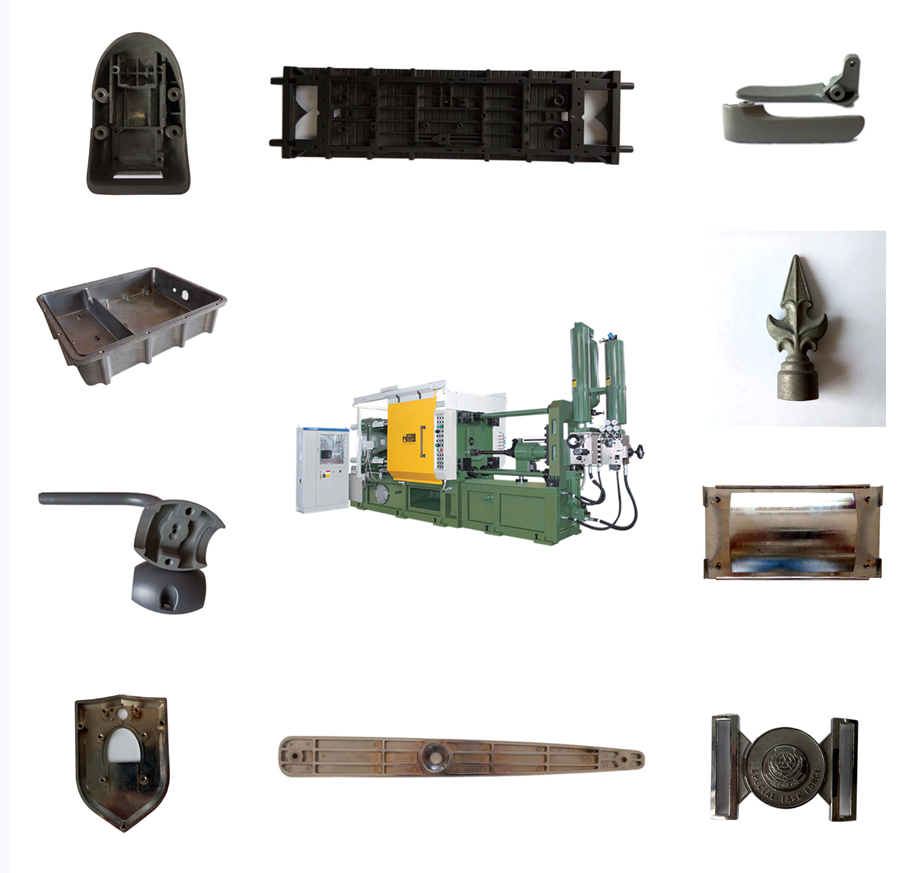
3. Advantages of Zinc Die Casting
Zinc die casting offers several advantages over other casting methods, including:
- High accuracy and repeatability
- Excellent surface finish
- High strength and hardness
- Low melting point
- Good electrical conductivity
- Good thermal conductivity
- Easy to machine and finish
- Cost-effective for high-volume production
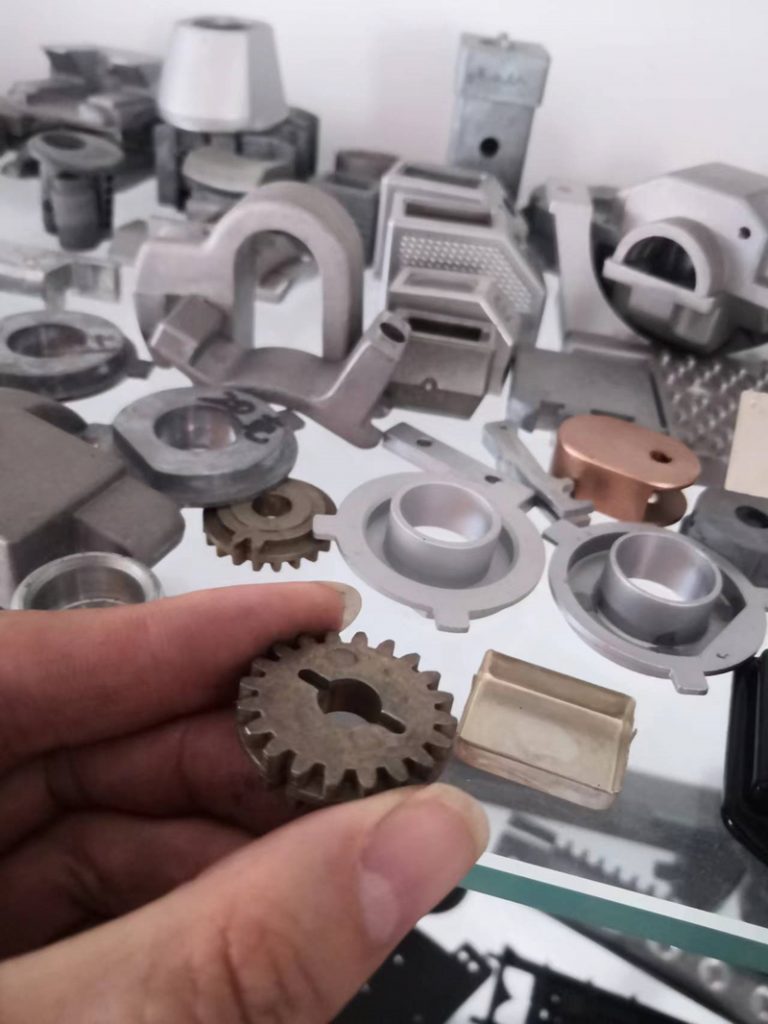
4. Applications of Zinc Die Casting
Zinc die casting is used in various industries for manufacturing different types of parts, including:
- Automotive parts: gears, brackets, housings, and handles
- Electronic parts: connectors, housings, and heat sinks
- Appliance parts: handles, knobs, and covers
- Hardware: locks, latches, and handles
- Medical equipment: surgical instruments and components
- Toys and games: miniature figures and game pieces
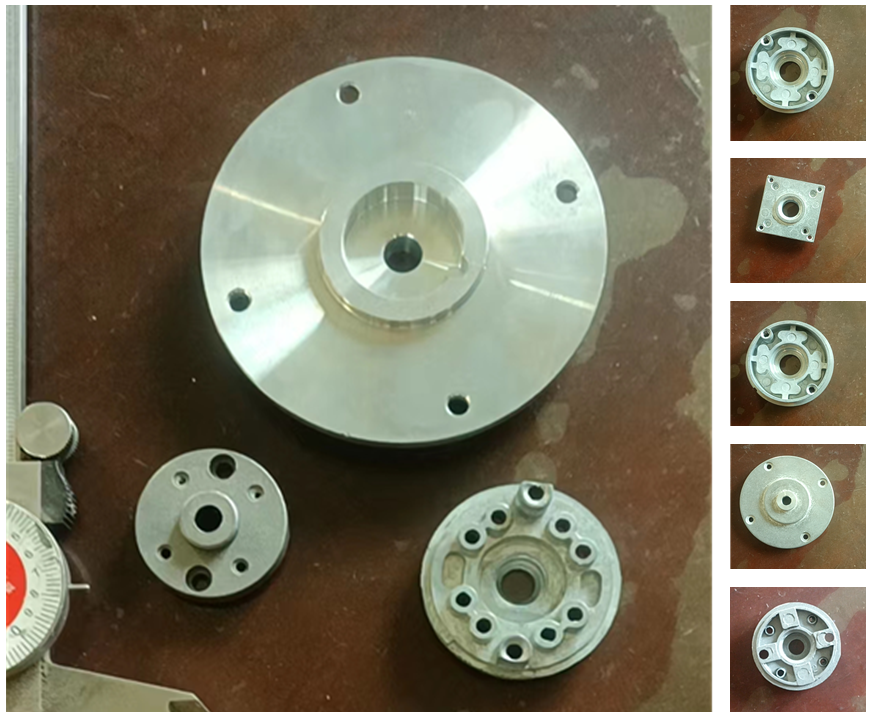
5. Limitations of Zinc Die Casting
Zinc die casting also has some limitations, such as:
- Limited size and weight of parts
- Limited heat resistance
- Limited corrosion resistance
- Limited design flexibility compared to other casting methods
6. Comparison with Other Casting Methods
Zinc die casting can be compared with other casting methods such as sand casting, investment casting, and permanent mold casting. Each method has its advantages and limitations, and the choice of method depends on the specific requirements of the part and the production volume.
We also provide Aluminum die casting service: cnkylt@aliyun.com
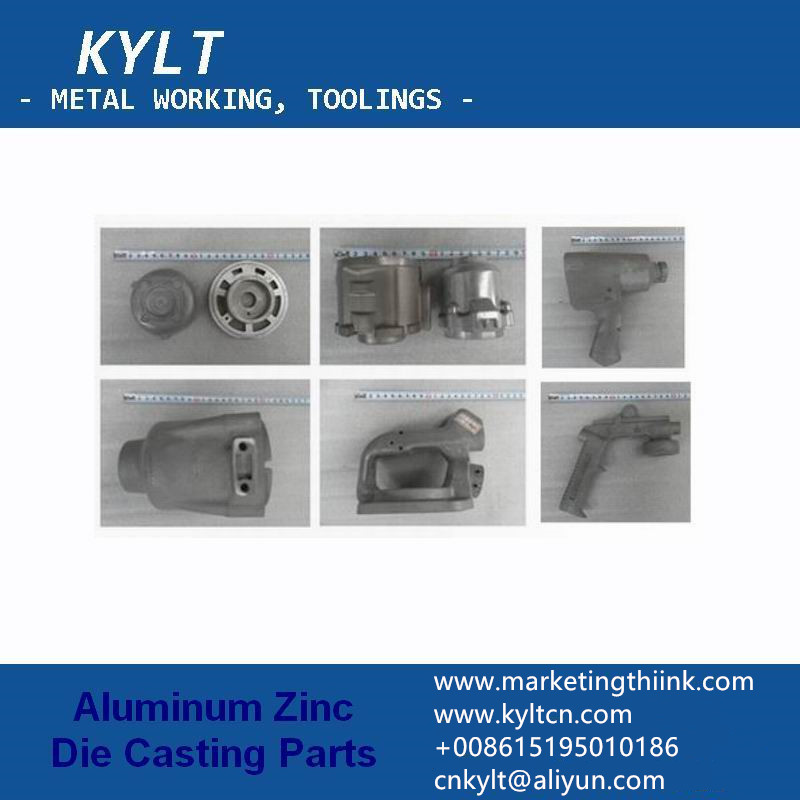
7. Choosing the Right Zinc Die Casting Partner
Choosing the right zinc die casting partner is crucial for the success of your project. You should look for a partner with experience, expertise, and a proven track record of delivering high-quality parts on time and within budget. Other factors to consider include the partner’s capabilities, equipment, quality control, and environmental policies.
KYLT with over 30 years of die casting service experience, provides In-time, Quality, Cheap Aluminum ZAMAK Zinc Die casting mold and die casting parts making services for oversea clients. Die casting mold and parts price, please email us: cnkylt@aliyun.com
8. Quality Control in Zinc Die Casting
Quality control is essential in zinc die casting to ensure that the parts meet the required specifications and standards. Quality control includes various quality checks during the entire production process, from the design phase to final inspection. These checks include:
- Material inspection: Incoming zinc alloys are tested for chemical composition, purity, and quality.
- Tooling inspection: The molds are inspected for accuracy, surface finish, and durability.
- Process control: The injection parameters are monitored and adjusted to ensure consistent quality and performance.
- Dimensional inspection: The parts are measured and compared to the design specifications to ensure accuracy and consistency.
- Surface inspection: The parts are visually inspected for defects such as porosity, cracks, and surface finish.
- Testing: The parts may undergo functional and performance testing to ensure they meet the required standards.
9. Environmental Considerations
Zinc die casting is a relatively eco-friendly manufacturing method compared to other casting methods. Zinc is a recyclable material, and the scrap from the production process can be reused to make new parts. Zinc die casting also has a low energy consumption and produces minimal waste. Moreover, some zinc die casting companies implement environmental management systems to reduce their environmental impact further.
10. Conclusion
Zinc die casting is a popular manufacturing method for producing high-quality metal parts with complex shapes and tight tolerances. It offers several advantages over other casting methods, including high accuracy, excellent surface finish, and cost-effectiveness for high-volume production. Zinc die casting is used in various industries for manufacturing different types of parts, such as automotive parts, electronic parts, and appliance parts. However, zinc die casting also has some limitations, such as limited size and weight of parts and limited design flexibility. Choosing the right zinc die casting partner and implementing quality control measures are crucial for the success of your project.
11. FAQs
1. What materials can be used for zinc die casting?
Zinc die casting is a process of manufacturing parts by injecting molten zinc into a mold. Zinc die casting alloys typically contain high levels of zinc, but may also include aluminum, magnesium, and copper. Zamak 3, Zamak 5 are common materials that can be used for zinc/zamak die casting.
2. What is the maximum size of parts that can be produced using zinc die casting?
The maximum size of parts that can be produced using zinc die casting depends on the equipment and capabilities of the zinc die casting company. Cold chamber die casting machines can produce bigger die casting parts than hot chamber die-casting machines.
3. What is the typical production volume for zinc die casting?
Zinc die casting is cost-effective for high-volume production, typically ranging from a few thousand to millions of parts per year. For cold chamber die casting machines, the die casting molds life are about 30000-50000times; For hot chamber die casting machines, the die casting molds life are about 100000-300000times.
4. How long does it take to produce parts using zinc die casting?
The lead time for producing parts using zinc die casting depends on the complexity of the part, the equipment used, and the production volume. In hot chamber die casting working process, one cycle can do 3-7times injection; In cold chamber die casting working process, one cycle can do 1-4times injection.
5. Is zinc die casting environmentally friendly?
Zinc die casting is relatively eco-friendly compared to other casting methods. Zinc is a recyclable material, and the scrap from the production process can be reused to make new parts. Zinc die casting also has a low energy consumption and produces minimal waste.
KYLT with over 30 years of die casting service experience, provides In-time, Quality, Cheap Aluminum ZAMAK Zinc Die casting mold and die casting parts making services for oversea clients. Die casting mold and parts price, please email us: cnkylt@aliyun.com
KYLT CNC Machining Services:
Home>CNC Machining Services>CNC Milling Services
Home>CNC Machining Services>CNC Turning Services
Home>CNC Machining Services>Rapid Prototyping Services
Home>CNC Machining Services>Injection Molding Services
KYLT CNC Precision Machined Parts:
Home>Precision CNC Machined Parts
Home>Precision CNC Machined Parts>CNC Precise Turned Parts
Home>Precision CNC Machined Parts>CNC Precise Milled Parts
Home>Precision CNC Machined Parts>Aluminum Machining
Home>Precision CNC Machined Parts>Magnesium Machining
Home>Precision CNC Machined Parts>Copper & Brass Machining
Home>Precision CNC Machined Parts>Steel Machining
Home>Precision CNC Machined Parts>Stainless Steel Machining
Home>Precision CNC Machined Parts>Plastic Machining
More information about Machining Technology:
